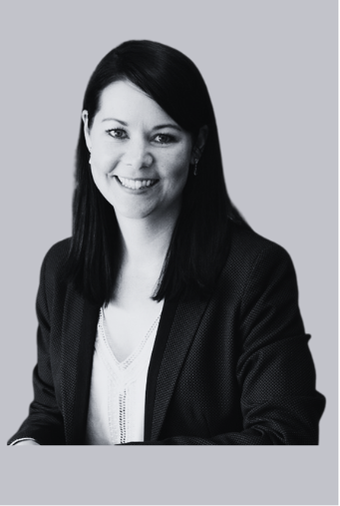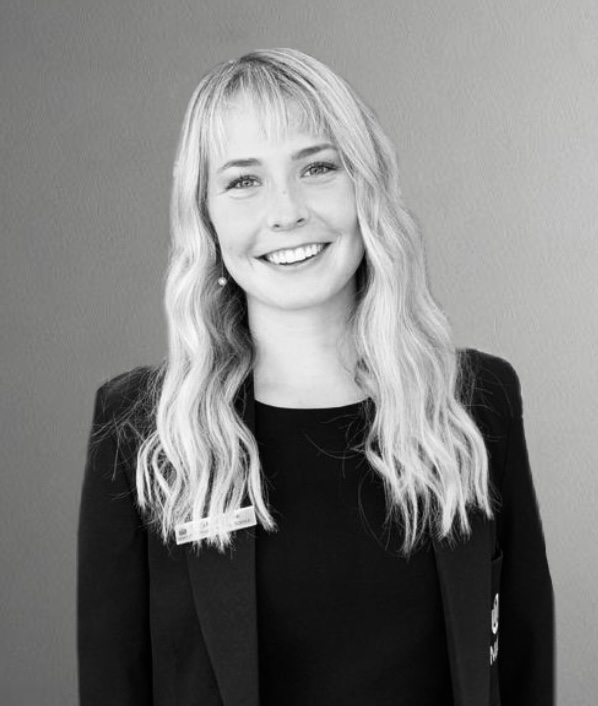Markets move in cycles, which is great when they are trending upwards but when markets move in the wrong direction, concern and sometimes panic can start to creep into our minds – after all, we are only human. Unfortunately, this is usually when the most detrimental financial decisions are made such as switching between investments, reducing contributions, or even worse – pulling out of the market completely.
Enter the Rand cost averaging principle.
Rand cost averaging is a wealth-building strategy that involves investing a fixed amount at regular intervals over an extended period into an investment vehicle that has a fluctuating price, such as a unit trust. By investing a fixed rand amount on a regular basis (debit order), one buys more units or shares when prices are low and fewer when prices are high.
The biggest advantage of this strategy is that it eliminates the risk of trying to time the market. While small monthly contributions may not seem impressive at first glance, they enable investors to adopt the habit of saving which can really add up over the course of a lifetime due to the power of compounding.
The following example explains how when markets are down, and prices are low, continuing to contribute to your investment can make a material difference when markets move upwards again, and prices start to increase. It is these increases in prices that have proven impossible to predict and missing them can have severely negative long-term outcomes for your investments if one or more of those detrimental financial decisions are made.
Example:
John wants to invest R 100 per month in a unit trust for the next 20 years. John pays R100 over to a unit trust manager who buys him a certain number of units in the unit trust.
On 1 September 2017 John buys 100 units. His 100 units is made up as follows: the price of one unit in the unit trust on 1 September 2017 was R1 thus John’s R 100 investment bought him 100 units in the unit trust (100 units x R1 = R 100).
The unit price of a unit trust changes daily and can either go up, down or remain relatively stable depending on the type of unit trust and the activity within the markets in which the unit trust invests.
On 1 October 2017 the unit price of the unit trust in which John had invested was R2 as the markets had improved. On this day John buys another R100 worth of units in the unit trust. This time his R100 only buys him 50 units (50 units x R2 = R100). On 1 October 2017 he has invested R200 in total and he owns 150 units in the unit trust. His total investment is valued at R300 (150 units x R2) as at 1 October 2017.
On 1 November 2017 the unit price dropped sharply from R2 to 50c per unit due to unfavourable market conditions. On 1 November 2017 John invests another R100, however this time his R100 buys 200 units (200 units x 0.50c = R100). John now owns 350 units, but the unit price has fallen and so his total investment has decreased. On 1 November 2017 the total value of John’s investment stands at R175 (350 units x 0.50c = R175). But John is investing for the long term and therefore ignores the short-term market noise, sticks to his 20-year investment plan, and does not sell due to panic, fear or market pressure.
By 10 November 2017 the unit trust price has recovered substantially and moved to R3 per unit taking John’s total investment value to R1 050 (350 X 3 = R1 050).
John patiently and consistently invested the same amount every month and thus was able to take advantage of accumulating more units in the unit trust when markets fell and hence improved his total wealth. Instead of staying out of the markets when times turned bad, John applied the rand cost averaging principle knowing that it was a great opportunity to increase the number of units he could buy without having to invest more. When markets improved, he was ultimately better off and managed to substantially boost his overall wealth.
Markets will rise and fall over time. Instead of shying away from investing when times are bad rather apply the technique of rand cost averaging to really get ahead when things improve again.



























